The Belle Isle gas turbine was installed in 1949 and was the first gas turbine built in the United States for the purpose of generating electric power. Its low cost and consistency aroused considerable interest in the electric utility industry, both here and abroad.
OK
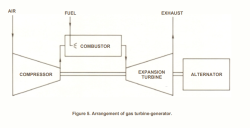
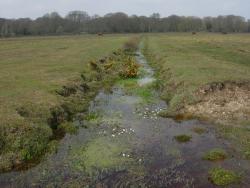
Design Concepts For Vegetated Waterways - Historic Landmark of Agricultural Engineering Rainfall runoff causes severe gully erosion on unprotected lands and has ruined thousands of U S acres in the past. Concepts were developed at this site for vegetation-lined waterways that now safely convey runoff water from millions of acres.Engineers of the US Soil Conservation Service (SCS) initiated studies on hydraulics of vegetated waterways at an outdoor laboratory near Spartanburg, South Carolina, in 1935. Under the directions of W. O.

Since 1948, over 11,000 dams and associated conservation practices in more than 2,000 watershed projects encompassing 160 million acres in 47 states have been constructed as a part of the USDA Small Watershed Program. These projects have improved the quality of life and the environment in rural communities by protecting people's lives and property, conserving soil and water resources, reducing flooding, providing economic development, recreation, and water supplies, enhancing water quality, and improving wetlands and wildlife habitat.
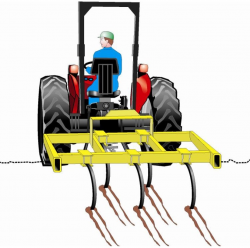
Preventing Wind Erosion Was The Primary Objective Of Fred Hoeme, a Hooker, Oklahoma Farmer, When He Developed A Heavy-Duty Chisel Plow In 1933. Hoeme And His Sons Manufactured And Sold About 2000 Plows From Their Farmstead. In 1938, W. T. Graham Purchased The Manufacturing And Distribution Rights And Established Manufacturing In Amarillo, Texas. The Graham-Hoeme Plow, Marketed As "The Plow To Save The Plains", Was Sold Worldwide.

The DWP was the first mechanized, compact service-line trencher developed for laying underground water lines between the street-main and the house. This machine, first produced in 1949, replaced manual digging, thus making installation of running water and indoor plumbing affordable for the common household. The DWP paved the way for the creation of a worldwide trenching-products industry, its machines used for the installation of all underground utilities including telephone, cable-TV and data, and fiber-optic cables.
Innovations

The DWP was the first mechanized, compact service-line trencher developed for laying underground water lines between the street-main and the house. This machine, first produced in 1949, replaced manual digging, thus making installation of running water and indoor plumbing affordable for the…
Read More
Preventing Wind Erosion Was The Primary Objective Of Fred Hoeme, a Hooker, Oklahoma Farmer, When He Developed A Heavy-Duty Chisel Plow In 1933. Hoeme And His Sons Manufactured And Sold About 2000 Plows From Their Farmstead. In 1938, W. T. Graham Purchased The Manufacturing And…
Read More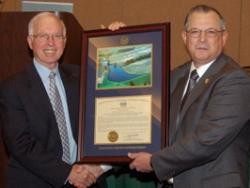
Since 1948, over 11,000 dams and associated conservation practices in more than 2,000 watershed projects encompassing 160 million acres in 47 states have been constructed as a part of the USDA Small Watershed Program. These projects have improved the quality of life and the environment in…
Read More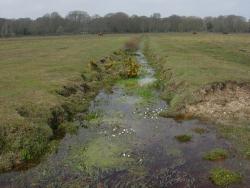
Design Concepts For Vegetated Waterways - Historic Landmark of Agricultural Engineering Rainfall runoff causes severe gully erosion on unprotected lands and has ruined thousands of U S acres in the past. Concepts were developed at this site for vegetation-lined waterways that now safely…
Read More
The Belle Isle gas turbine was installed in 1949 and was the first gas turbine built in the United States for the purpose of generating electric power. Its low cost and consistency aroused considerable interest in the electric utility industry, both here and abroad. This led ultimately to the…
Read More

